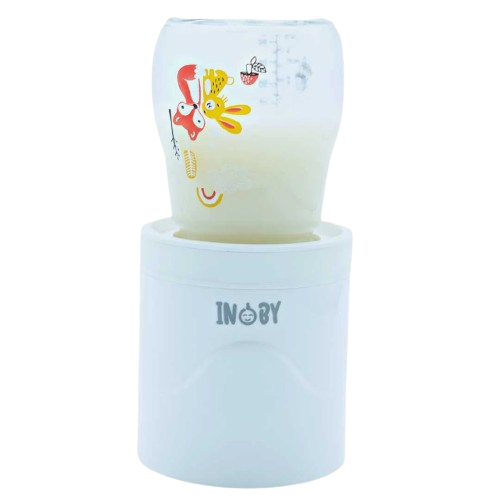Baby Led Weaning
Babies thrive for independence once they realise how much control they have over their movements, as they grow and develop. Baby-led weaning falls right into this category. The term baby led weaning refers to a baby feeding themself just like everyone else. Weaning is usually seen as a progressive replacement of milk with other foods, such as cereals, purees and crushed foods. In the process, a whole new world of wonderful flavours and foods are introduced to your baby’s palate. As your baby transitions, their meals should be adjusted to eliminate certain spices or gradually introduce other flavours. Various textures are also introduced as is suitable for your baby based on their stage of growth and development. The whole concept of baby-led weaning is centered entirely around letting your baby take the lead, and you simply observe and respond to their cues and spills!
Tips for Baby Led Weaning
Once a baby turns 6 months, they are usually ready to start on basic solids. Every child has their own timing, of course, so speak with their paediatrician to decide on the best time to introduce solids into your baby’s diet.
Here are a few tips to help you figure things out:
- Add nutrient-dense foods into their diet - this is a great boost for their immune system and help introduce them to healthy eating habits;
- Allow a few days to pass (ideally, 3-5 days) before introducing a new food into your baby’s diet. In the event of an allergic reaction, this spacing out will help you identify foods that your child may be allergic to;
- Observe their most-liked foods versus screen-splattering ones, then incorporate them as a base for other meals, if possible;
- Minimize the amount of salt, sugar and spices you add to your baby’s food;
- Ensure that your baby’s food is palatable enough for their stage of development and not too hot. Depending on their age, it should be easy enough for them to mash it with their hands and mouth, but not so small that it may be a choking hazard. If dissected in pieces, food should be large enough for them to be able to grasp themselves - great practice for fine motor skills.
The primary objective of baby led weaning is to ensure that your baby is safely being led into the brand new world of solid food. Continue to encourage your baby to test his/her taste buds, which may take some getting used to for both you and your baby.
Baby-Led Weaning Foods Suggestions
Babies are usually most interested in foods that they see on a regular basis at home. Foods that engage all their hungry senses. Here are a few baby-friendly food suggestions that your baby can experiment with:
- Pumpkin
- Sweet potato
- Avocados
- Bananas
- Soft cooked vegetables
Although many foods may entice your baby, there are foods that babies should probably stay clear of, at least until the age of 1. Here are some foods that your baby should probably avoid until they’re a bit older or improve their motor skills:
- Nut butters or anything containing nuts to which your baby may be allergic
Baby-Led Weaning and Choking
When introducing solids into your baby’s diet, it comes with the unfortunate risk of choking. It's worth noting that gagging and choking are quite different. Babies sometimes gag when introduced to something new on their plate. It can feel quite frightening in the moment, but once your child coughs it out, that normally clears things up. Choking, however, is a whole other cause for serious concern and quick action. Your baby may be too young to even cough it up or cry, depending on whether their airway is blocked. In order to minimize the risk of choking, ensure that your baby eats in an upright position, that their food is not dissected in pieces so small that it’s a choking hazard and your baby foods like nuts or whole grapes.
Nonetheless, if they do happen to be choking, educate yourself on what you can do before getting to that point. Here are a few tips to guide you:
Step 1: Hold your baby facedown on your forearm, supported by your thigh.
Step 2: Keep their torso above their head.
Step 3: Use the heel of your mobile hand to put force between the shoulder blades up to five times. Be gentle, but firm.
Step 4: Turn your baby facing upward, and keep supporting their head and neck.
If your baby's airway is still blocked after a few firm thrusts, contact your nearest accident and emergency immediately.
Baby-led weaning is a phenomenal way to introduce solids into your baby’s diet in a way that is fun and they feel involved in, so do it with compassion, care and caution. Be sure to consult your baby's paediatrician before starting baby-led weaning.



